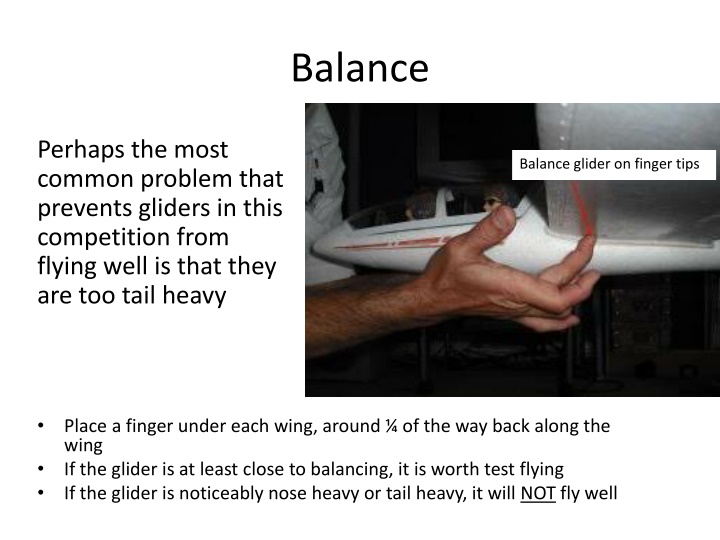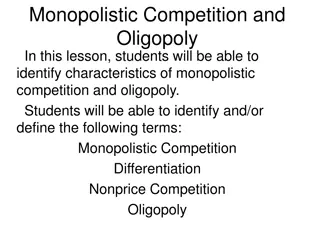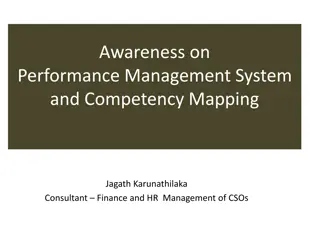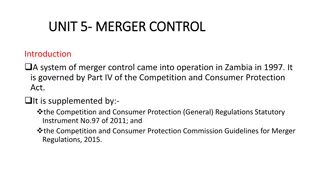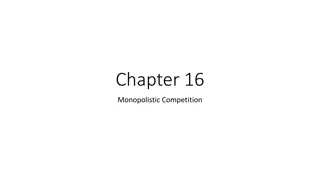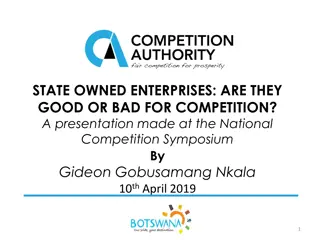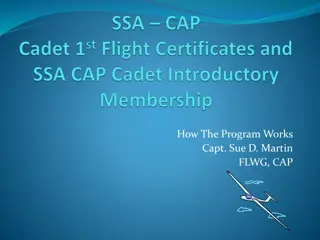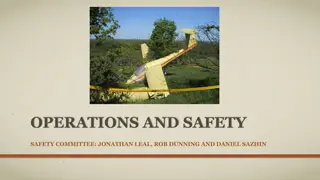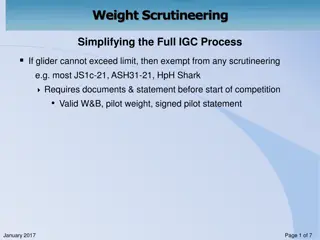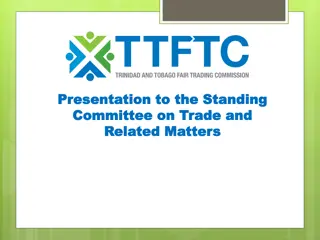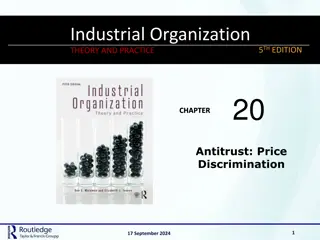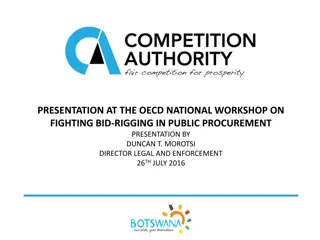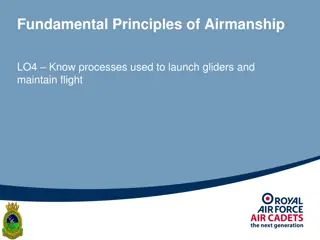Tips for Improving Glider Performance in Competition
Gliders in competitions often struggle with balance, wing shape, and tail sizes. Ensuring proper balance by checking tail heaviness, choosing a straight wing shape, and sizing tail surfaces correctly can greatly improve glider flight performance. Test flying the glider multiple times is essential to gauge its efficiency. Aim for consistent 30 feet glides for top competition success.
Download Presentation

Please find below an Image/Link to download the presentation.
The content on the website is provided AS IS for your information and personal use only. It may not be sold, licensed, or shared on other websites without obtaining consent from the author.If you encounter any issues during the download, it is possible that the publisher has removed the file from their server.
You are allowed to download the files provided on this website for personal or commercial use, subject to the condition that they are used lawfully. All files are the property of their respective owners.
The content on the website is provided AS IS for your information and personal use only. It may not be sold, licensed, or shared on other websites without obtaining consent from the author.
E N D
Presentation Transcript
Balance Perhaps the most common problem that prevents gliders in this competition from flying well is that they are too tail heavy Balance glider on finger tips Place a finger under each wing, around of the way back along the wing If the glider is at least close to balancing, it is worth test flying If the glider is noticeably nose heavy or tail heavy, it will NOT fly well
Wing Shape Straight wing= Good idea (glides well) Aerodynamic shape= Good idea (gives lift but not too much drag)
Wing Shape Rectangular foam block= Bad idea (bad aerodynamics, lots of drag) Poster board or paper wing= Bad idea (too flimsy) Swept wing= Bad idea (does not glide as well as a straight wing)
Tail Sizes Horizontal tail should be at least 1/5 the size of the wing (or bigger) Vertical tail should be at least 1/10 the size of the wing (or bigger) If tail surfaces are too small, they cannot stabilize the glider If tail is too heavy, the glider will not fly Vertical tail Tail is lightweight, which helps keep the airplane from being too tail heavy Horizontal tail
Additional Info Test fly the glider A LOT. Make sure it flies well time after time. Just to give you a feel for performance, the first, second, and third place winners in this competition can usually glide at least 30 feet each flight, sometimes more *Slides created by Louis Turek
